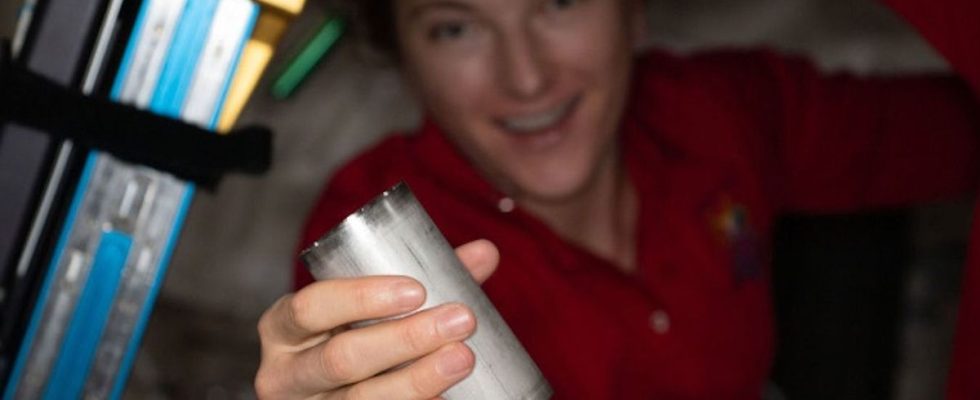Published on
Updated
Reading 1 min.
NASA has found a way to recycle almost all of the water used by American astronauts aboard the International Space Station. The agency recovers, among other things, the sweat and urine of the crew to transform it into drinking water. This technology could prove vital in the development of long-duration space exploration missions.
The American space agency has been working for a long time on systems for regenerating or recycling air and water. Today, NASA manages to recover up to 98% of the water that crews bring at the start of a long journey. This is a major advance in the hypothesis of future long-term space missions.
A revolutionary innovation
This takes the form, on the one hand, of a water recovery system and, on the other hand, of a treatment solution to make it perfectly drinkable. Particularly sophisticated dehumidifiers thus capture the humidity released into the air of the cabin by the breathing and sweat of the crew. Another subsystem collects water from urine. The distillation of the whole makes it possible to produce recoverable and drinkable water. To achieve this result, the collected water is filtered through a special membrane, then the rest is confronted with a blast of hot, dry air which allows all the water to evaporate. It is this moist, healthy air that is then recovered. Note that the system also adds iodine to the water to prevent the development of microbes. It is then ready for use by the crew.
As a reminder, each astronaut needs about a gallon of water per day (a little less than 4 liters) in order to drink, cook or even wash and brush their teeth. This is therefore a fundamental step in the evaluation of survival systems for future (very) long-duration space missions, in particular to Mars.
